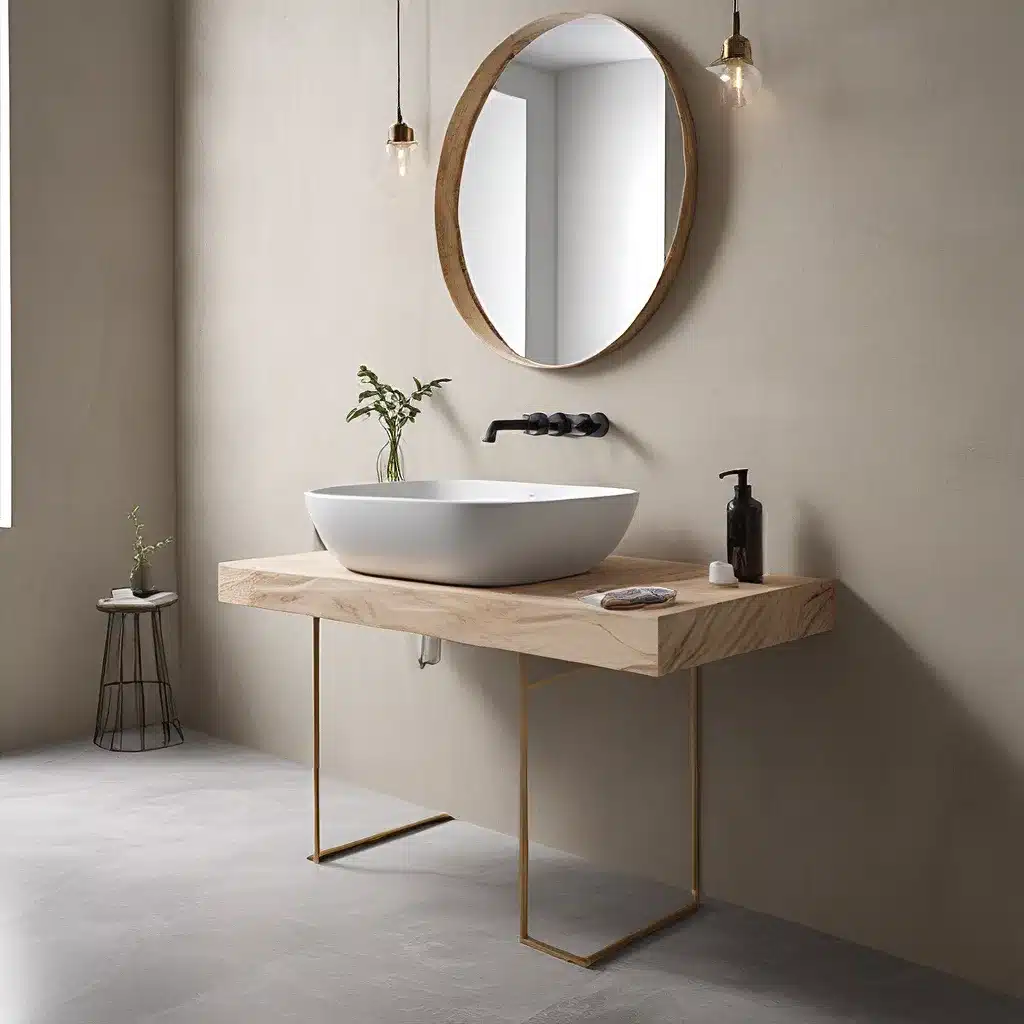
In the world of bathroom design, the humble washbasin has the power to elevate the entire space, setting the tone for a luxurious, functional, and visually appealing retreat. From sleek and modern to timeless and traditional, the choices available in washbasin designs are vast and varied, each offering its own unique charm and practicality. Whether you’re updating a powder room, overhauling a master suite, or designing a commercial lavatory, the right washbasin can make all the difference.
Exploring Washbasin Materials and Styles
The foundation of any striking washbasin lies in the materials used. Porcelain remains a perennial favorite, prized for its durability, easy maintenance, and classic aesthetic. For a more premium look, natural stone options like marble and granite exude elegance and timelessness. Stainless steel washbasins are a popular choice in modern and industrial-inspired bathrooms, while ceramic and enameled cast iron offer a range of vibrant colors and unique textures.
Beyond materials, the style of a washbasin can dramatically alter the entire ambiance of a bathroom. Vessel sinks, where the basin sits atop the counter, create a striking focal point and lend a boutique hotel vibe. Undermount sinks, seamlessly integrated into the countertop, offer a sleek and minimalist aesthetic. Pedestal sinks and console sinks are ideal for smaller spaces, providing a streamlined silhouette that doesn’t overwhelm the room.
For those seeking a truly one-of-a-kind look, custom-designed washbasins allow for complete creative control. Whether it’s a whimsical, handpainted design or a streamlined, geometric shape, the possibilities are limited only by your imagination.
Choosing the Right Washbasin Size and Shape
The size and shape of a washbasin must be carefully considered to ensure it not only complements the bathroom’s dimensions but also provides the necessary functionality. Rectangular and oval shapes are classic choices that work well in a variety of settings, while round and square basins can add a bold, contemporary flair.
When it comes to size, the rule of thumb is to choose a washbasin that is proportional to the vanity or countertop it will be installed on. Undermount sinks typically range from 16 to 36 inches in width, while vessel sinks can be as small as 16 inches or as large as 24 inches in diameter. For smaller bathrooms, compact or cloakroom washbasins, often measuring around 20 inches wide, can be the perfect space-saving solution.
Incorporating Washbasin Faucets and Accessories
The washbasin is not complete without the perfect faucet to complement its design. Single-handle, two-handle, and touchless faucets offer a range of practical and aesthetic options. Selecting a finish that harmonizes with the washbasin’s material, such as chrome, brushed nickel, or matte black, can elevate the overall look.
Equally important are the accessories that surround the washbasin, from soap dispensers and toothbrush holders to towel bars and shelves. Coordinating these elements creates a cohesive and visually striking bathroom layout. For example, a wall-mounted faucet paired with a floating vanity and minimalist accessories can achieve a sleek, modern aesthetic, while a traditional pedestal sink might be complemented by ornate brass fixtures and vintage-inspired accessories.
Designing a Functional and Accessible Washbasin
When planning the placement and installation of a washbasin, it’s crucial to consider both form and function. Accessibility is a key factor, ensuring the basin’s height and depth accommodate users of all ages and abilities. Countertop height should typically fall between 30 and 34 inches, with knee clearance of at least 27 inches for wheelchair users.
Beyond ergonomics, the layout and flow of the bathroom must be taken into account. Positioning the washbasin in a strategic location can optimize traffic patterns and create a harmonious, cohesive design. For example, in a master bathroom, the washbasin may be positioned as a focal point, while in a powder room, it might be tucked discreetly against a wall to maximize available floor space.
Maintaining the Beauty and Longevity of Washbasins
Proper care and maintenance are essential for preserving the beauty and functionality of any washbasin. Cleaning routines should be tailored to the specific material, using recommended cleansers and techniques. Porcelain and ceramic basins often require only a mild detergent and soft cloth, while natural stone surfaces may need specialized sealants and cleaners to prevent staining and etching.
Regular inspections for any cracks, chips, or signs of wear can help identify issues before they escalate. Addressing problems promptly, whether through DIY repairs or professional intervention, can extend the life of a washbasin and ensure it continues to be a stunning centerpiece in the bathroom.
By considering the wide array of washbasin designs, materials, and installation options, homeowners, interior designers, and contractors can transform even the most ordinary bathroom into an extraordinary oasis of style and functionality. With the right washbasin as the foundation, the possibilities for creating a truly remarkable restroom are endless.
For more inspiration and expert guidance on bathroom renovations, visit Washbasin Factory, your one-stop-shop for all things washbasins and beyond.